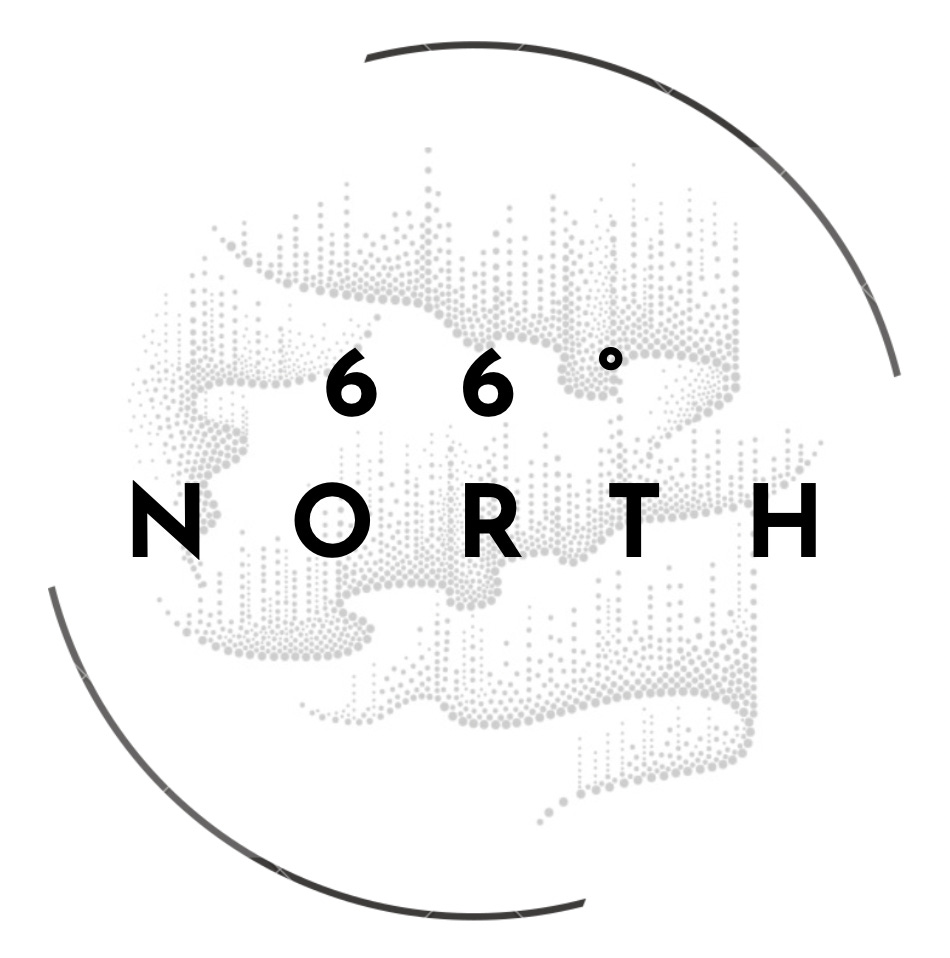The Arctic is changing daily.
Russia’s invasion of Ukraine has brought cooperation in the region to a standstill. Moscow is modernising its Arctic military and naval forces, threatening to abandon a regional order it once helped to build. China is expanding its icebreaker fleet and seeks access to new shipping routes. The NATO states have scrambled for a collective response, but their cohesion is undermined by threats from the U.S. administration to forcibly annex Greenland. A new iron curtain is descending between the western and eastern halves of the Arctic, to the immense detriment of indigenous communities.
All the while, the climate crisis continues to devastate Arctic ecosystems. Under the receding ice cap, economic opportunity beckons. India, the United Arab Emirates, and other ambitious outsiders are pushing northwards, in search of spoils, status and shipping routes. In dire need of new Arctic partners, Russia has become more accommodating to their advances.
Many Arctic newcomers are enticed by abundant oil and gas reserves. But other Arctic resources may be better placed to shape the planet’s future. In the bowels of Greenland, rare earths and minerals beckon. On Arctic seabeds, polymetallic nodules could soon be targeted for extraction. The Arctic’s potential for renewable energy production, including wind and hydroelectric power, biomass, and geothermal energy, is enormous. Faced with desertification and collapsing agricultural systems, growing nations are eyeing Arctic fisheries, freshwater reserves, and the agricultural potential of the melting permafrost. And with the Arctic being an essential region for global satellite operations, competition over the infrastructure that undergirds the digital economy of the future is slowly engulfing the Far North.
Among the hectic headlines on these issues, the Arctic seems destined for conflict.
But can the headlines be trusted?
66° North is a newsletter project by Lukas Wahden, a PhD candidate in International Relations at the Center for International Studies at Sciences Po Paris and Associate Fellow at the Russia Program at George Washington University. It aims to contextualise the Arctic news cycle, providing commentary on emerging debates around the political future of the High North. Drawing on materials in English, Russian and Chinese, 66° North will consider divergent - and occasionally unusual - perspectives on the region. It will provide updates on recent developments, and add analysis wherever needed.
If this sounds interesting to you, please consider to:
And feel free to get in touch: lukas.wahden@sciencespo.fr
Photo: The Lumina mine on the Kangerlussuaq fjord in Greenland. The pile in the middle of the photo is anorthosite, a metal required - inter alia - in the study of how to build permanent structures on the moon. (Source: ESA / The Polar Journal)




